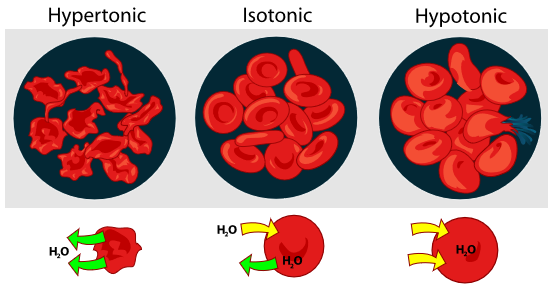Minimizing Post-Operative Pain With Irrigation
Most dentists perform some form of surgery during their daily practice. Irrigating the surgical site is usually necessary to clear the field of debris, blood, saliva, and other contaminants for visibility and appropriate wound management. Since the procedure is done on living tissue, it’s essential to consider what the chosen irrigant does to that tissue.

Since the mouth is not considered to be a sterile field due to the normal flora and fauna of the oral environment, which consists of regular food debris, multiple forms of bacteria and viruses, fungi, etc., any surgery performed in the mouth will result in essentially a “dirty” wound.
Therefore, unless required by individual local or state rules or laws, standard tap water is very commonly used for irrigating surgical sites. Sometimes, “clean water” systems are used, which also use some form of treated tap water from a reservoir on the dental unit. Recently, there has been a great deal of concern about biofilm in dental water lines, which adds to the concerns about irrigation with tap water.
Some clinicians prefer to irrigate with sterile water delivered to the irrigation site with a plastic syringe to minimize contamination with biofilm. While this reduces concerns about introducing foreign bacteria into the wound, this may not be the best irrigant for minimizing post-operative complications. A fundamental fact learned from a general chemistry study explains why irrigating with water may lead to increased post-operative surgical pain: tonicity.
Tonicity As a Cause of Post-Operative Dental Pain
In muscle physiology, tonicity refers to the normal state of skeletal muscle where some healthy partial muscle contraction maintains its form. However, tonicity also refers to the osmotic pressure of a solution relative to another solution in chemical science. For review, it is easier to understand the concept of tonicity when one considers the illustration of a “seepy” balloon filled with water.
If the balloon is filled with pure water and placed in a bucket of pure water, there is virtually no osmotic pressure to move water into or out of the balloon. We might say that the water in the balloon has neutral tonicity, or is isotonic.
However, if we add four tablespoons of table salt (NaCl) to the water in the balloon, then place it in that same bucket of water, there will be an osmotic gradient established because the balloon is “seepy,” which will cause the water from outside the balloon to seep into the solution inside the balloon. This is because the solution inside the balloon is less saturated with water, and over time, the balloon will swell and ultimately burst if the pressure inside the balloon exceeds its expansive capacity. The water inside the balloon, therefore, is hypertonic.
Conversely, if the water inside the balloon is kept pure and a bag of salt is dumped into the bucket of water, the water inside the balloon is hypotonic — the balloon will shrink as the water seeps out of the balloon and into the bucket.

Back to the discussion about wound irrigation — living tissues have a significant amount of salt in the interstitial fluid and within cells, and many electrolytes are necessary for normal and vital bodily functions and homeostasis. Using tap or sterile water to irrigate wounds introduces a hypotonic solution into the tissues, resulting in cell swelling and likely explosion due to osmotic pressure.
Cell lysis, or explosion, leads to cell death and stimulates inflammation. The inflammatory cascade results in prostaglandin synthesis and increased post-operative pain and discomfort. This can easily be understood when one enjoys a long soak in a bathtub. Fingers prune, and joints tend to stiffen temporarily due to the osmotic infusion of the tub water — which is hypotonic to the body — through the skin into the interstitial tissues, which are hypertonic.
Understanding the phenomenon of tonicity relative to its effect on human tissues may lead to the conclusion that an isotonic solution would likely be the best irrigating agent for oral surgical procedures. One such solution is sterile saline. Sterile saline, while not perfectly isotonic due to the individual variation of the patient, tends to result in less post-operative pain reported by patients in my experience than irrigation with sterile water.
SPEAR campus
Hands-On Learning in Spear Workshops
With enhanced safety and sterilization measures in place, the Spear Campus is now reopened for hands-on clinical CE workshops. As you consider a trip to Scottsdale, please visit our campus page for more details, including information on instructors, CE curricula and dates that will work for your schedule.

By: Kevin Huff
Date: November 15, 2017
Featured Digest articles
Insights and advice from Spear Faculty and industry experts


